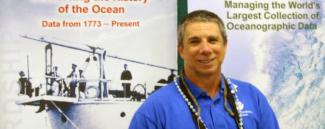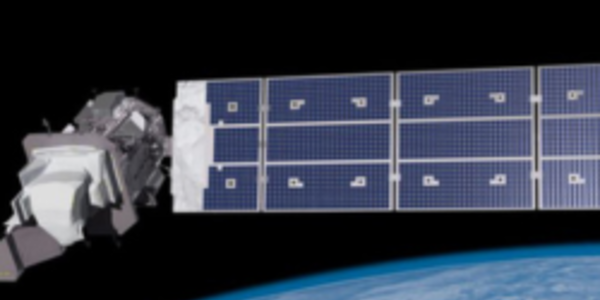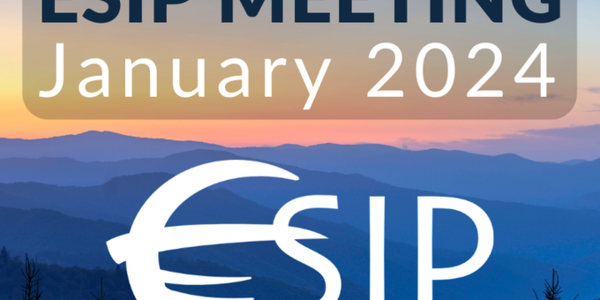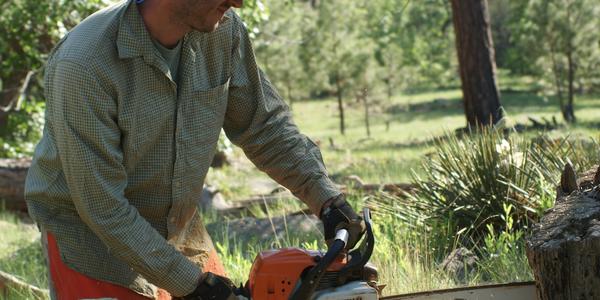
In Honolulu, the name Pat Caldwell is synonymous with surfing. For many surfers looking for the perfect wave, Pat’s Collaborative Nearshore Swell and Wind Forecast Forecast for Oahu on the Honolulu National Weather Service website is essential. Behind the fun stands a man with years of experience in ocean data. As the Regional Science Officer and NCEI’s Hawaii Liaison, Pat helps others access the most significant archives of environmental information on Earth.
Surf Forecasts and More
Regional users from all sectors know that they can count on Pat to help them with their data questions. “Being in Hawaii as part of NOAA for several decades, the community here has always relied on my expertise to access NOAA data, products, and information,” Pat said. He also reviews datasets, inspecting for integrity and completeness of the data, before the data become a part of the official NCEI archives.
“Starting in the 2000s, I began dedicating a small percentage of my time to producing the Collaborative Surf Forecast for Oahu in partnership with the NOAA National Weather Service,” Pat said. The surf forecast has a wide audience, and Pat works to improve techniques to improve its accuracy. Positive feedback from the community regarding the forecast is tremendous and is one of his favorite aspects of the job.
Pursuing a Career in Oceanography
“I started surfing at age 12 and soon began to closely follow the weather to know when the conditions would be best,” Pat said. “This led me to study meteorology in college, so my true inspiration is the ocean and weather.” Pat says that in his younger years he never thought about the data management side of science, but he found oceanographic data both intrigued him and provided employment.
Pat’s first job after college was as a computer programmer within the Marine and Environmental Protection Agency in Jeddah, Saudi Arabia. “I wrote computer programs to facilitate key entry of paper weather station daily summaries, perform quality control, and to generate climate products,” Pat said.
Pat moved to Hawaii to work on a PhD in physical oceanography, but before classes began, he saw a NOAA employment notice about a quality-control/programmer for oceanographic data. He got the job. His first primary duty was to prepare tide gauge measurements for archiving. He then worked with ocean currents data measured from shipboard acoustic Doppler current profilers (ADCPs). Through the years, Pat gained experience with oceanographic data and the NOAA archives. “By the late 1990s, I became a liaison for any type of oceanographic data that was appropriate for archive,” he said.
Up Next? Sea Level Data
Pat is completing his biannual global tide gauge data updates for the Joint Archive for Sea Level, which are requested from agencies around the globe. “With the vast interest in global sea level rise, this task creates a critical piece of the climate change pie,” Pat said.
“In situ measurements are the rudder that steers the ship of environmental science, so it feels good to know we are ensuring those observations are saved and readily available,” Pat said. “Ocean science in general is fascinating to me, so it is fun to be a participant in furthering this important knowledge.”
A Surfing Lifestyle
Outside of his 30-year career with NOAA, Pat is a husband and the father of a 16-year-old daughter. And, yes, he is an avid surfer and a kite surfer, too. He also plays the ukulele and the harmonica.
Check back for the next edition of Inside NCEI to learn more about our dedicated staff.



